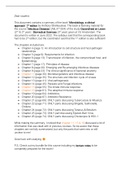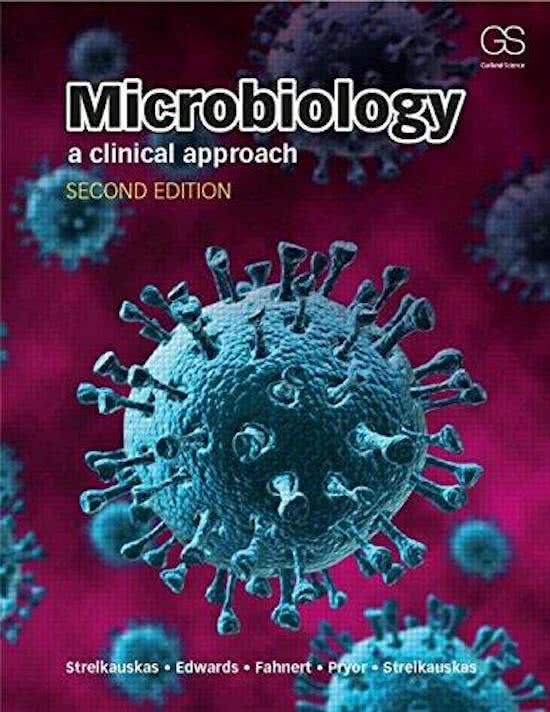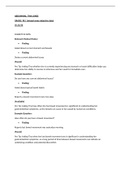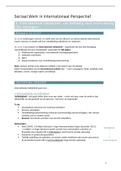Samenvatting
Infectious Diseases (AB_471024) SUMMARY of book 'Microbiology; a clinical approach': Gezondheid en Leven / Biomedical Sciences 2nd / 3rd year; VU Amsterdam
(grade MC questions: 8.4!)This document contains my summary of the book 'Microbiology; a clinical approach' 1st edition by Anthony Strelkauskas. The corresponding course is Infectious Diseases given at VU Amsterdam for the studies Gezondheid en Leven or Biomedical Sciences.
[Meer zien]














